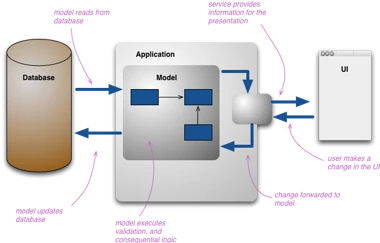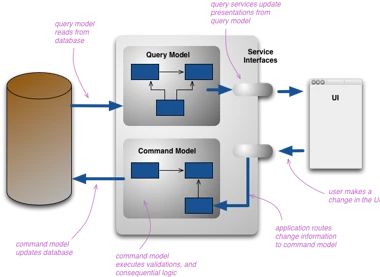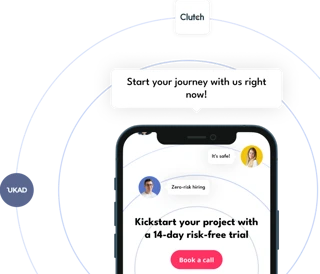What is CQRS
CQRS stands for Command Query Responsibility Segregation. It's a pattern that performs segregate operations that read data from operations that update data by using separate interfaces. This can maximize performance, scalability, and security. Supports the evolution of the system over time through higher flexibility, and prevents update commands from causing merge conflicts at the domain level. At its heart is the notion that you can use a different model to update information than the model you use to read information. For some situations, this separation can be valuable but beware that for most systems CQRS adds risky complexity.
The mainstream approach people use for interacting with an information system is to treat it as a CRUD datastore. By this, I mean that we have a mental model of some record structure where we can create new records, read records, update existing records, and delete records when we're done with them. In the simplest case, our interactions are all about storing and retrieving these records.




